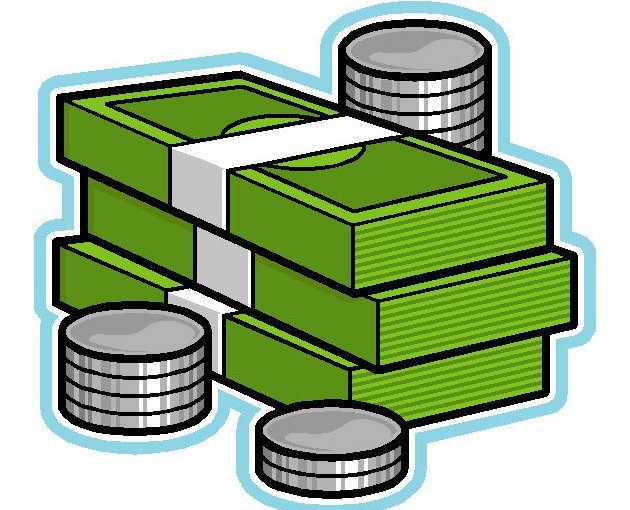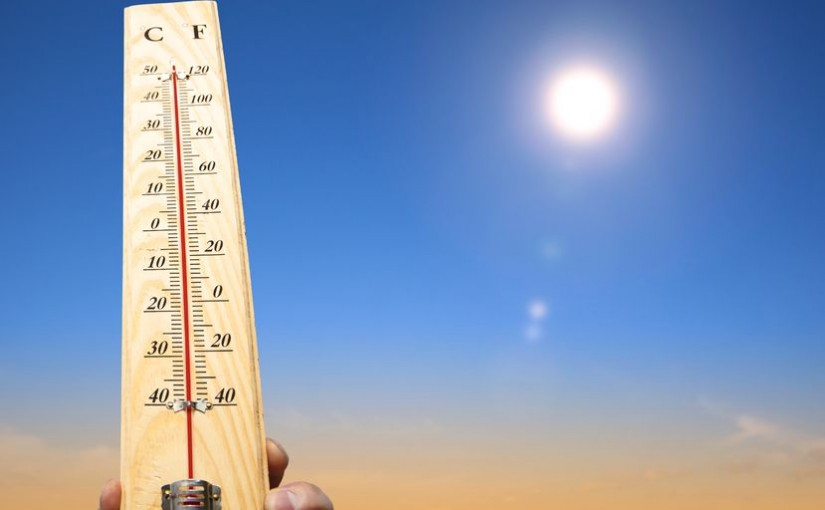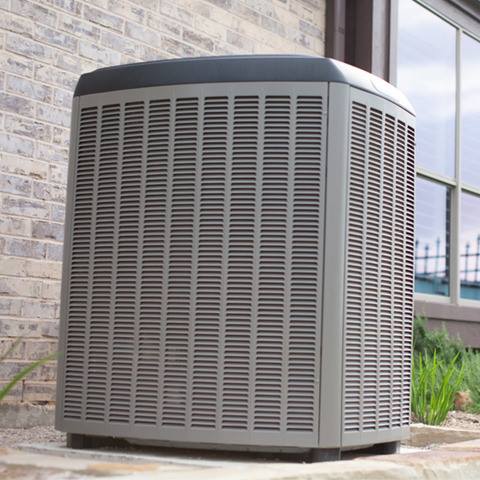As we enter the new year, people across the world are committing to new resolutions in an effort to make changes and improve their situations. People aren’t the only ones who could use some New Year’s spirit, as HVAC systems around the country could benefit from some resolutions and changes to their maintenance. Here are just a few New Year’s resolutions you can plan for your HVAC system that will help improve the health and efficiency of your home!
- Change your air filters regularly. This resolution is simple yet incredibly important, as clean filters are essential to the proper operation of your HVAC system. Air filters help keep dust, dirt, allergens, and other particles out of your air system, which keeps you breathing easy and your system running longer. Some systems have different recommendations for filter changing schedules, but in general you should replace your air filters every 1-3 months depending on system usage.
- Schedule routine maintenance checks. It never hurts to be prepared, and having a maintenance schedule planned out ahead of time ensures your system stays up and running with as few surprises as possible. When you schedule maintenance and checkups ahead of time, you not only eliminate having to book something last minute, you also avoid a large majority of crises that could have been caught before they became an issue. Contact Air Handlers to build a maintenance and checkup plan so we can take care of your system for you!
- Upgrade your thermostat. If you are still running a manual thermostat, consider upgrading to a programmable one this year. Not only will this help lower your utility bill, but it’ll also keep your system running longer. Most manual thermostats keep the heating and cooling systems running far longer than needed, and they can easily be forgotten about or left on unnecessarily. A programmable thermostat allows you to automate the temperature control of your home, particularly by setting a temperature schedule so your heating/cooling system isn’t running at full blast all night long.
- Clean your air ducts. It’s not uncommon for air ducts to become dirty, or even damaged, over the course of a year. When dust and dirt settles in your air ducts, that same debris is blown throughout your home every time you turn your system on. Most of this material completely bypasses the filters because it’s settled after the heating and cooling system, not before, and thus allergens and air pollutants can negatively affect the air quality in your home. You don’t have to clean your ducts every year, once every 3-5 years is usually sufficient. Just keep in mind that dirty ducts mean dirty air, so it’s best to be cautious and keep them clean.
At Air Handlers, we’re committed to keeping your air clean and comfortable. Contact us with any of your HVAC needs, and we wish you a fantastic new year!








